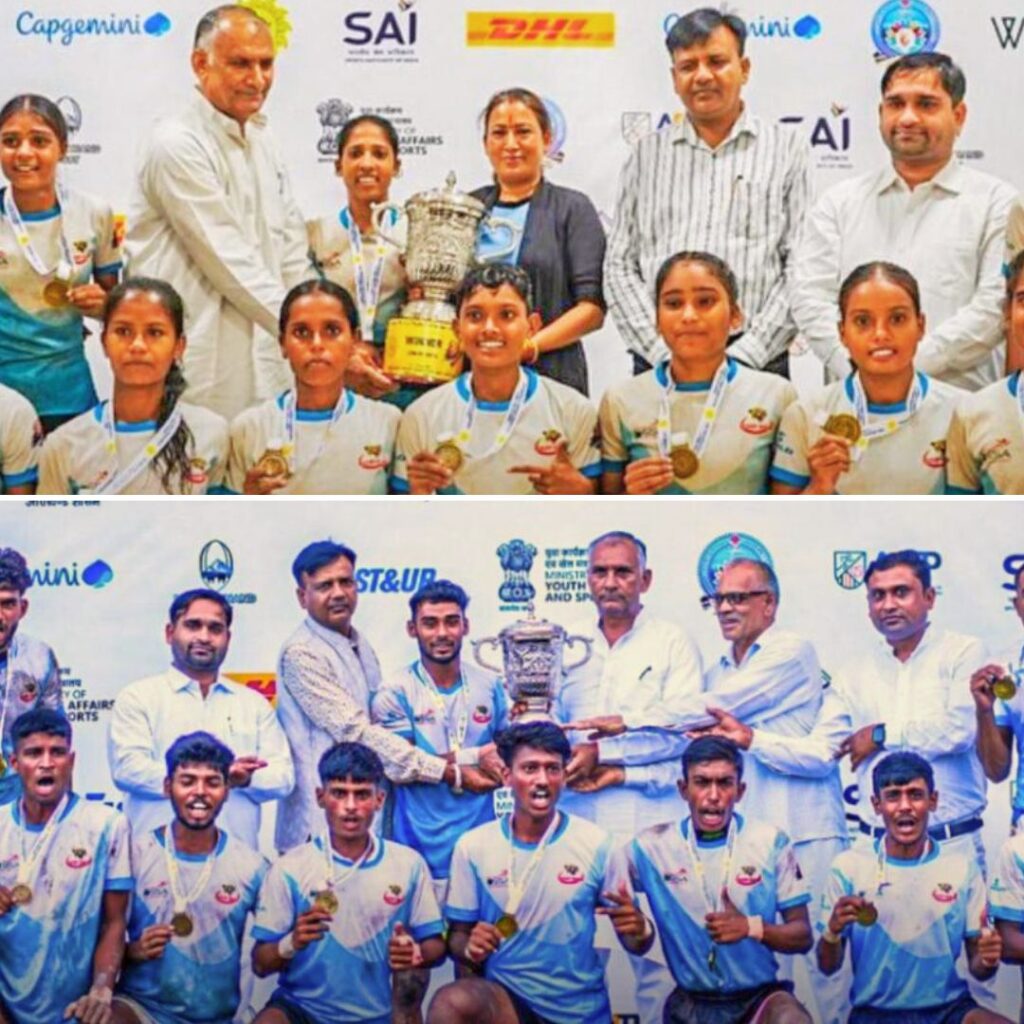âSince, the introduction of Bt cotton in 2002, there has been a near doubling of cotton production in the country,â Mahesh Sharma, minister of state for environment, forest and climate change, told the Rajya Sabha on February 5, 2018.
However, cotton yields have stagnated in the past decade even as the proportion of Bt Cotton in Indiaâs total cotton harvest rose seven times, a FactChecker analysis of government data shows.
Bt Cottonâa genetically modified variant designed to fight the pink bollworm, a pest that affects cotton cropâwas officially approved for commercial cultivation on March 26, 2002, in order to increase cotton yield through reduced losses to pests, and to reduce pesticide usage.
However, pesticide use per hectare has doubled in a decade to 2015-16, our analysis found.
Increased fertiliser and pesticide use led to far-reaching health, environment and economic impacts for the country, studies show.
Producing 1 kg of cotton in India requires 22,500 litres of water, compared to the global average of 10,000 litres, Water Footprint Network, a global initiative for promoting fair water use, has estimated in 2015. The high water footprint for Indiaâs cotton is due to inefficient water use and high rates of water pollution.
At a time when 100 million Indians do not have access to safe water, the water India consumed to export cotton in 2013 would have been enough to provide an additional 100 litres of water to 85% of Indiaâs population.
âBt Cotton hybrids utilize more nutrients and water for higher yields and profits, therefore the soils are getting progressively depleted and need more nutrient recharging,â KR Kranthi, who currently heads the International Cotton Advisory Committeeâs technical information section, said in April 2012.
In decade to 2015-16, cotton yields rose 2.5%
In 2005-06 when Bt Cottonâs proportion in Indiaâs cotton harvest was 11.7%, cotton yields were at 472 kg/ha. In 2015-16, as Bt Cottonâs proportion rose to 92.17%, the cotton yields were 484 kg/haâup 2.5%.
In absolute numbers, Indiaâs cotton harvests rose 40.2%, from 24.1 million bales (a bale is 170 kg of cotton) in 2005-06 to 33.8 million bales in 2015-16, according to data from the Cotton Advisory Board, a government body.
During the same period, area under cotton cultivation rose 37% from 8.68 million hectares to 11.88 million hectares, while the yield rose only 2.5%, as we said, suggesting that the rise in harvest had little to do with the widespread use of Bt Cotton.
Source: Cotton Association of India Weekly Publication (December 2016), Cotton Corporation of India, News reports in Financial Express, Hindu Business Line (minor differences in data in different publications)
As proportion of Bt Cotton recorded its first significant dropâof nearly 9 percentage pointsâin 2016-17, the yield rose 11.7% and harvests rose 3.8% even as area under cultivation fell 11.6%. A good monsoon was the main reason for the higher yield, the Cotton Association of India suggested.
â[T]he Government agencies have made attempts to portray a rosy picture with regard to the success of Bt Cotton in the country which actually is not the case,â the Parliament Standing Committee on Science & Technology, Environment & Forests said, in its 301st report on âGenetically Modified Crops and its Impact on Environmentâ.
âThe Committee further learns that Indiaâs cotton yields increased by 69% in the 5 years (2000-2005) when Bt cotton was less than 6% of total cotton area, but by only 10% in the ten years from 2005 to 2015 when Bt cotton grew to 94% of total cotton area,â the report added.
The most significant increase in Indiaâs cotton yields took place in 2003-04 and 2004-05âwhen the yields went up 32% and 18%, respectively.
âIt can safely be said that yield increase in India would not have happened with Bt-cotton alone without enhanced fertilizer usage, without increased irrigation, without seed treatment chemicals, and the absence of drought-free decade,â KR Kranthi said in this December 2016 report.
âThe alluring promise of higher yield and lower pesticide usage which induced many, including myself as Textile Secretary to the Government of India in the 1990s to welcome Bt cotton have now been belied,â former textile secretary TSR Subramanian wrote for the Hindu in May 2017. âDespite increased fertilisers and irrigation, the expectations of enhanced cotton yield have not been realised. Most of the countries that have higher cotton yields than India do not grow GM cotton.â
In 2017, India was ranked 32nd on countries in the ranking for highest cotton yield globally. Of the 31 countries ranked above India, only 10 use genetically modified cotton.
Source: Estimates compiled from the United States Department of Agriculture here âThe package of promises sold to us did not reveal all of this,â Subramanian wrote. âIf I had an inkling of the future at that time, Bt cotton would not have been…











